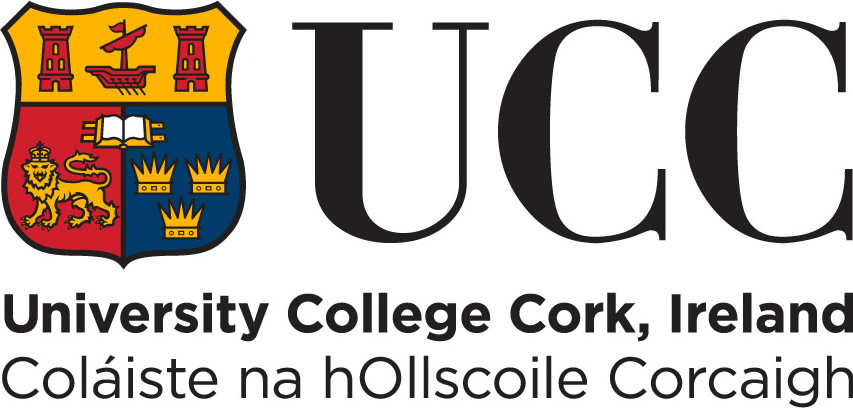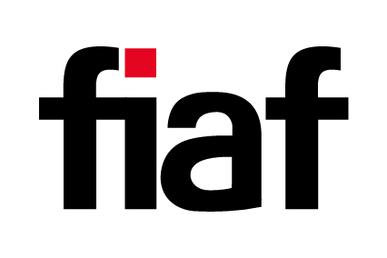Film as Folklore
Behrouz Boochani
Chauka, Please Tell Us the Time is a film about the Australian-run immigration detention centre on Manus Island (Papua New Guinea (PNG)), and the specific aspects of Australia’s border politics. However, I argue that the film should not be reduced merely to a political reading. This film consists of multiple layers. Clearly, it addresses pivotal issues, such as public opinion regarding the exile of refugees, but it also endeavours to introduce the culture of the people from Manus Island. Unfortunately, a one-dimensional discourse has developed in relation to the situation of the refugees held on the island; this particular interpretation makes the issue of exiled refugees the sole focal point while isolating it from other important factors. This approach totally dominates analyses and debates in the media and in politics, hinders more complex readings of the film and obfuscates its other layers. Generally, people see this film as a film about refugees. This perspective is limiting and not totally accurate.
In this film, the Chauka is not merely a wondrous bird, but the signifier for a whole culture. For those who have no knowledge of Manusian culture, lifestyle and ways of knowing, the Chauka plays a very special role for the people. For the Manus locals, Chauka represents their identity and is a symbol of the island’s culture. In the local language they refer to the tradition as “chauka kastam”. The references made to the bird in this film are, in fact, an effort to explore the profundities of this culture and how the existence of the Australian-run detention centre is in stark contrast to the cultural values of the Manusian people.
The problems associated with establishing a prison on Manus Island relate to the fact that Manusian culture is unknown to the Australians who then proceed to exploit the cultural elements of the island. The clearest examples of this are the fear and hate they have instilled in local people regarding the refugees; the disruption of their practices and social fabric by dumping refugees on the island from vastly different countries and cultures; the socio-economic hierarchies created by flying in foreign workers, mainly from Australia; the economic imbalances and obstacles to land management imposed on locals; and the ecological degradation caused by the prison. The way these particular dynamics are portrayed in the film may invite criticism that it diverts from the political and humanitarian issues associated with the detention centre and the treatment of the refugees held there indefinitely, in particular. However, from another perspective, these messages in the film can also be considered among its strongest aspects. It was aesthetically and philosophically crucial that the film emphasise the interdependence between the history of different colonial interventions in the region, Australia’s role in establishing and managing the prison, the status of the Manusian people and their cultural and intellectual perspectives, and the overall impact on kinship dynamics and the ecosystem.
Of course, these partial readings reflect some undeniable flaws in the film itself: first, I think the main weakness in the film lies in the fact that spectators are not put in a position that allows them to comprehend the cultural elements that pertain specifically to Manusian culture. Clearly, the problem is that the film assumes too much. We were unable to create the appropriate interpretative space and allow spectators to engage with the cultural elements we presented. Perhaps we could have shot some dialogue later in the process and incorporated it to present the viewer with basic and critical information. This may have, at least, established in the viewer’s mind the fact that the Chauka is not an ordinary bird, but one with profound symbolic implications. It may also have helped illuminate the film’s cultural elements more. Or spectators would have at least absorbed some of those important aspects. I must admit that, in this respect, the film is weak in conveying its message. Throughout the film we try to introduce the culture of the people on Manus Island by foregrounding the Chauka bird. I do not believe the film was completely successful in this regard. The main reason may have been, first and foremost, the total unfamiliarity most viewers had with the cultural and philosophical significance of Chauka.
At the same time, the film’s main strength is that it convinced many inquisitive and intelligent spectators to pay attention to these subtleties and not to overlook the cultural features. In fact, by encouraging viewers in this way, many became interested in studying, researching and comprehending the cultural elements and sense of identity pertaining to Chauka, particularly Manusian views of time, folklore, kinship and connections to land, nature and history. Therefore, the film creates a foundation and space that enables the spectator to take away a general picture of the culture of this island after leaving the cinema. Or they are encouraged to think about the cultural elements further. Perhaps they will even engage in deeper study or research about these points.
If this film motivated even one individual to study the cultural basis of the Chauka, then, in my view, it is a success. What is important is that by understanding the culture of Manus Island one can easily identify the depths of Australia’s colonial imaginary. By studying Manusian ways of being and knowing and their recent history one can see the damaging and exploitative role Australia and other countries have played in subjugating the local people, restricting their autonomy and keeping them dependent on foreign aid. Actually, engaging with Manusian culture is critical in order to comprehend the reasons why the detention centre exists at all. The political strategy of exiling and incarcerating refugees on Manus Island and Nauru is a constituent element of a colonial ideology. The control of bodies and borders in this way has always been an integral part of Australia’s mode of existence and practice, and it characterises their presence in the region. Chauka, Please Tell Us the Time is explicit in the way it presents this fundamental theme: apart from the fact that it illustrates the life of incarcerated refugees, the film reveals the dynamics of Australia’s colonial project. Unfortunately, this aspect has been ignored or underplayed by most critics and researchers who published reviews of the film. It is precisely this colonial ideology that takes the symbol of a people, the magnificent bird that adorns their proud flag, and exploits it for its own power. This represents disrespect in no uncertain terms. Indeed, using the identity and symbol of Chauka to name a solitary confinement cell where torture is inflicted is the ultimate expression of the colonial imaginary. How can the Australian government take control of this island without any consultation with the Manusian community, and exploit it for their own political aims and objectives? These remain unanswered questions.
One of the scenes from the film shows the reaction of one Manusian after he realises that Australians working in the prison have labelled an isolated site within the prison using the name “Chauka” and that the refugees taken there have experienced a more amplified form of systematic torture at the hands of the guards. When he is told about the misuse of this symbol, he becomes extremely angry and criticises Australia and the indifferent locals working in the prison. This scene, in reality, represents the general mood and feeling amongst the Manusians regarding Australia. In my view, one of the scenes that brilliantly represents this point is of a group of Manusians raising the PNG flag on a mound of gravel as they celebrate Papua New Guinea Independence Day. They celebrate and plant the flag, despite the fact that Australia does not see them or treat them as an independent sovereign nation.
I would like to finish by discussing what I consider the most sublime and poetic scene in the film. One of the imprisoned refugees puts his feet up on the fence and sings a Kurdish ballad while on the other side of the fence two Manusian children dance to the melody. It is absolutely amazing that on a remote and forlorn island, thousands of kilometres from the Kurdish homeland, a couple of local children from Manus dance to the sound of a Kurdish folksong. More than anything else, this scene reminds me of the creative power of humanity and its ability to transcend borders.
Art and music do not recognise borders. And all human beings can be free if they resist the borders manufactured by oppressive political cultures, social status, unacknowledged privilege and the many structures of power that create differences between us. The scene involving Manusian children dancing to a Kurdish folksong, more than any other scene, tells us that Chauka, Please Tell Us the Time is a work of art, and because of its transgressive aesthetic qualities it is a powerful political act.
Translated by Omid Tofighian
Suggested Citation
Boochani, Behrouz. “Film as Folklore.” Translated by Omid Tofighian, Alphaville: Journal of Film and Screen Media, no. 18, 2019, pp. 185–187. https://doi.org/10.33178/alpha.18.15.
Behrouz Boochani is Adjunct Associate Professor in Social Sciences at UNSW, author and journalist currently held as a political prisoner by the Australian government on Manus Island (Papua New Guinea). His book No Friend but the Mountains: Writing From Manus Prison (Picador 2018) has won numerous awards including the 2019 Victorian Prize for Literature. He is non-resident Visiting Scholar at the Sydney Asia Pacific Migration Centre (SAPMiC), University of Sydney; Honorary Member of PEN International; and winner of an Amnesty International Australia 2017 Media Award, the Diaspora Symposium Social Justice Award, the Liberty Victoria 2018 Empty Chair Award, and the Anna Politkovskaya award for journalism. Boochani is also codirector (with Arash Kamali Sarvestani) of the 2017 feature-length film Chauka, Please Tell Us The Time; collaborator on Nazanin Sahamizadeh’s play Manus; and associate producer for Hoda Afshar's video installation Remain (2018).









